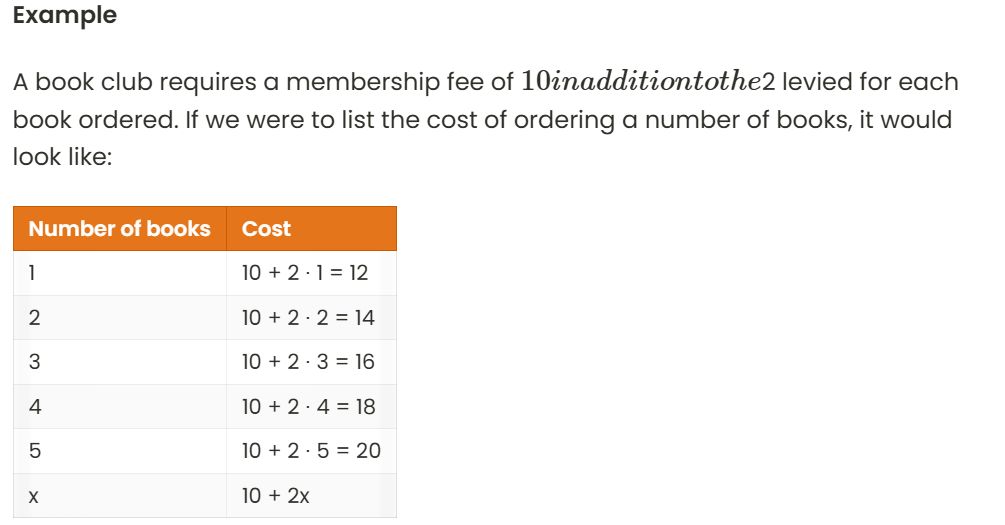Friends, What if I told you that you could start a business today—with no money, no fancy degree, and no rented office—and still make a real impact in your community?
Sounds impossible, right?
But here’s the truth: one of the most powerful business opportunities right now is sitting quietly in your neighborhood. It doesn’t need capital. It just needs someone with basic knowledge, a little creativity, and the willingness to help children succeed in school.
In a world where parents are desperate to see their kids improve in English and Mathematics, you can become the solution. From your home, their home, or even a quiet corner in your village, you can launch an after-school teaching service that earns you consistent income—and it all starts with zero capital.
Let’s dive into the practical steps to make this happen.
Step 1: Identify Your Target Market.
Start by looking around your neighborhood. Ask yourself:
- Who are the children in the area?
- What classes are they in (Class 3, 4, 5, etc.)?
- What challenges do they face in school?
You’re looking for primary school students, especially those in Class 3 to Class 8, who need help with English and Mathematics. These are subjects every parent wants their child to pass.
💡 Tip: Visit your local school and talk to parents at knock-off time. Politely ask if they’d be interested in extra lessons for their children.
Step 2: Offer Free Trial Lessons.
Since you’re new and parents may not know your teaching ability, offer one or two free trial lessons. This is not charity—it’s your marketing strategy.

Tell parents:
“Let me teach your child English or Math for one or two afternoons. If you see improvement or the child enjoys learning, we can continue.”
This builds trust. If the child enjoys your lessons and shows improvement, the parent will likely agree to continue—and pay for your services.
Step 3: Choose Your Teaching Method.
There are two models you can choose from:
Option 1: Teach at Your Home or a Central Location
Invite 3–5 children to your home or a quiet space. Group learning is effective and efficient.
Option 2: Visit the Student’s Home
If parents are comfortable and willing to pay a bit more, you can offer to go to their home for personalized lessons.
Either option works. What matters most is that the learning happens in a safe, quiet environment.
Step 4: Set a Simple Timetable.
Most students are free in the afternoon from around 2:00 PM to 5:00 PM.
Create a basic schedule like this:
| Time Slot | Activity |
|---|---|
| 2:00–3:00 PM | English (Reading, Writing, Spelling) |
| 3:00–4:00 PM | Mathematics (Counting, Addition, Subtraction, Word Problems) |
| 4:00–5:00 PM | Homework Help or Revision |
Keep lessons short, fun, and interactive.
Step 5: Decide How to Charge.
There are a few simple models you can use:
1. Pay-Per-Session
Parents pay per lesson (e.g., K1,000 per session).
2. Weekly Payment
Charge a flat rate per child (e.g., K4,000 for 4 lessons a week).
3. Monthly Subscription
Offer a package deal (e.g., K15,000 per month for 3 sessions a week).
Start small. Even if you have just 5 students paying K4,000 per week, that’s K20,000 per week, or K80,000 per month—all from zero capital.

Step 6: Spread the Word.
You don’t need posters or a billboard. Use your voice and your feet.
Here’s how:
- Tell friends and neighbors.
- Visit schools during knock-off time.
- Ask parents for referrals if their kids are enjoying the lessons.
- Use WhatsApp status and Facebook posts to advertise your services.
Sample message you can use:
“Is your child struggling with English or Mathematics? I offer home-based tutoring services for primary school learners. Afternoon classes available. First lesson is FREE! Call or WhatsApp me on [your number].”
Step 7: Deliver Quality.
The only way to keep your business growing is to deliver results. Show parents that their child is:
- Speaking more confidently in English,
- Improving in math,
- Doing better in class tests or homework.
Even small improvements will give parents confidence to continue with your services—and refer others.
How to Expand and Grow the Business.
Once you gain a few clients and consistent income, here’s how to scale:
1. Hire Assistants or Fellow Tutors.
Train a friend or another youth in the community and assign them 3–5 students. Pay them a small share (e.g., K2,500 per student) and keep the rest as profit.
2. Offer Group Classes
Instead of teaching one student at a time, gather 5–10 in a group for a flat fee. This allows you to increase your earnings with the same amount of effort.
3. Introduce Extra Subjects
Start with English and Math, but you can add Science, Reading Clubs, or even computer lessons (if you get access to a laptop later).
You can also get some knowledge in Mathematics at Mathplanet.

4. Record Lessons
If you have a smartphone, start recording short 5-minute tips or lessons and share on WhatsApp or YouTube.
Over time, this builds your brand and can lead to digital income through views or sponsorships.
Realistic Monthly Income Example.
Let’s say after 2 months you have 10 regular students.
| Number of Students | Payment per Week | Monthly Earnings |
|---|---|---|
| 10 | K4,000 | K160,000 |
From this, you can:
- Save to expand,
- Buy teaching materials,
- Pay for transport if needed,
- Invest in printing small exercise books.
And remember—you started with zero capital.
Why This Business is Future-Proof.
- Education is always in demand.
- You control your time.
- You empower your community.
- It can evolve into a full tutoring center or private school.
The biggest mistake people make is waiting for money before starting a business. But sometimes, your mind is the money. With just basic education, a heart for teaching, and a few hours a day, you can build a profitable and respected business right in your community.
Start small. Be consistent. Deliver results. And soon, your after-school tutoring business could be the stepping stone to a bigger dream—one where you no longer look for jobs, but create opportunities for others.
Are you ready to teach, earn, and grow—all from zero capital? Start today.
SHORT REAL STORY IN KENYA FOR MOTIVATION.
The story follows Mbuyi Emmanuel, a young man from rural Kenya who, despite having no money, started teaching village children under a tree using just chalk and an old wooden board. As word spread, more students came, and parents began offering small payments or food. Over time, Mbuyi expanded his teaching into a community learning center and eventually registered a College, offering certificate programs in education, business, and IT. His journey—from tree lessons to college founder—shows that with passion, consistency, and a desire to help others, it’s possible to build a successful business and change lives without starting capital.
You Can Also Learn How to Grow a Small Donuts Business into a Thriving Bakery.
